Get You Gear Down, or How to Avoid a Gear Up Landing!
When I think of a gear up landing, I usually recall a particular YouTube video. This one, shot by a passenger from the back seat of a soon-to-be scraped Trinidad, showed the pilot calmly bringing the plane down to a beautiful runway somewhere in Europe, the gear-warning horn screaming all the way. The backseater kept the video running (no one was injured) as the pilot walked around his wounded plane, scratching his head and running his hand over the now-curled propeller blades—a pathetic end to what should have been an enjoyable excursion.
Like running out of fuel, gear up landings occur with amazing regularity. It’s easy to understand why most small aircraft built in the last 20 years have fixed gear—to eliminate the insurance and maintenance costs associated with retractables. But we still have plenty of retracts out there, from new jets, turboprops, Bonanzas, and speedy kitplanes to legacy aircraft such as the Mooney and Centurion. If you fly any of these, it’s worth developing a plan to avoid the scraped bottom, trashed prop and engine-teardown that comes with a gear up landing.
Avoid Distractions That Can Lead to a Gear Up Landing
A momentarily distracted brain has been the demise of countless beings since the dawn of time. An inattentive gazelle is ambushed by a leopard. A driver talking on a cell phone runs a red light. A pilot interrupted midway through his preflight misses something crucial. And of course, a distraction during the approach and landing phase leads to a gear up landing. Distractions can come from anywhere: a crying child, a mechanical anomaly, difficult weather, and revised ATC instructions are all common.
The best defense is to extend the gear at the same point on every flight, in the same way, with the same thought process. For the VFR pilot, gear extension usually occurs on downwind when abeam midfield. For straight-ins, use the same distance to the runway each time. Use your checklist and a mnemonic aid such as GUMPS (Gas, Undercarriage, Mixture, Prop, Seatbelt). Assuming you’ve slowed below gear-extension speed and are not in a turn (either of which can bend doors or hinges), you lower the gear and leave your hand on the gear handle until you confirm the gear is actually down via gear indicator light(s) and/or looking outside. Say out loud, “Gear down, indicated and locked” before actually releasing the handle. It’s also best to be in temporarily level flight. This way, if the gear does not extend for any reason, you don’t have to do anything to remain level while you troubleshoot the problem. Run GUMPS again on base and final.
IFR pilots generally extend the gear on a precision approach when one dot high as the glideslope needle moves toward intercept, or at the FAF on a non-precision approach, with a GUMPS check at least twice afterwards. Although slightly earlier than on a VFR approach, extending the gear before final descent offers several benefits when in IMC: dropping the gear increases drag and changes the power requirement for a given descent profile; doing it early helps achieve a stable approach. More importantly, if the gear fails to deploy, you’re not dealing with it while closer to terrain and obstructions you cannot see. IFR pilots use a variety of other approaches but you can still lower the gear at the FAF, even for a circling, visual, or contact approach, so long as you have the approach loaded into your panel. Unusual approaches where you may not cross the FAF reinforce why it’s crucial to run a GUMPS check on base and again on final. If ATC wants your speed above gear extension past the FAF you can reply with “Unable”, abandon the approach, or tell yourself your risk just went up and be sure the gear is down before the DA or MDA.
If the gear doesn’t extend, recycle, and if that doesn’t immediately work, report it to ATC and head to a safe place (in VMC if possible) for troubleshooting. An autopilot or copilot comes in handy; meanwhile, check the hydraulics button, fuses, and whatever else is on your emergency gear extension checklist, including the hand-crank (try this soon with a safety pilot so you’ve actually done it). Once the gear is down, leave it alone and land.
FYI, in the Centurion we flew for years, I’ve had the gear not go down for most of the above: several times mechanics left the hydraulics button out, once a fuse burned out, once we lost our alternator (on the first flight after buying the plane) and the battery died within five minutes. That’s when I learned how much muscle you need on those 70 cranks, especially toward the end, to get it down, and I’m strong. On my first solo after getting my complex/high-performance signoff, it wouldn’t come down, and I had to hand-crank it alone. That time an actuator was broken.
If you’re not successful even after consulting experts via your radio, you may indeed to have land gear-up. If the airport is IFR and another airport nearby has better weather and/or a bigger runway or better facilities, you may want to divert. Otherwise, fly your normal approach, on speed and glideslope. Descent energy management will be different without the gear and doors to provide drag. Land on a hard surface and on the first third of the runway, if possible. The plane will slide on a hard surface, dissipating energy over a longer distance. Open the doors on final in case the fuselage gets tweaked, which could prevent you from opening them after you come to a stop. Fly the plane into the landing with a normal flare, pulling the mixture and shutting off the fuel in the flare if you can do that and keep the plane straight at the same time. Stay with the controls until you stop, then exit the aircraft.
Final Thoughts on a Gear Up Landing
A pilot’s biggest financial hit may be the engine teardown after a prop strike, but don’t let that concern make you decide to prematurely shut off your engine—that’s what insurance is for. Sliding down the runway with a curled prop has produced no fatalities that I’m aware of and very few injuries. Landing short or long due to a runway undershoot or overshoot can be fatal, however.
(The author landing at Gateway Canyons Hubbard airstrip in Colorado.)
For many years, we always used to fly in to Cal Black Airport near Lake Powell for fuel. Morrie always manned the radio and called out the wind speed and direction on short final. One year, a gorgeous Cessna 414 sat with both props curled. “Yep, and those were new engines,” Morrie said. For years after that when we flew in, he’d add a new call-out to his routing: “Gear down,” he’d say. Morrie has finally gone to that grand airport in the sky, and I miss his call-outs.
So we’re all on our own to remember that gear. If you fly a retractable, distraction on the approach is your enemy. Tell your passengers you cannot speak with them once you begin your approach. Standardize your gear extension whether you are VFR or IFR, run GUMPS at least twice, and you’ll avoid a gear up landing, and being like those guys on YouTube, or that Cessna at Morrie’s.
How to Deal With an Aircraft Engine Failure in Flight

While it’s true aircraft engine failures are rare, I have been at my home airport twice in the last two years when another aircraft’s engine failed—resulting in fatalities both times. The caveat here is that both engine failures occurred shortly after takeoff, surely the worst time. One pilot attempted to return to the runway, while the other continued straight ahead to a golf course. You shouldn’t have to witness this type of thing to know you must react properly to land safely after the engine fails. [Click to read more…]






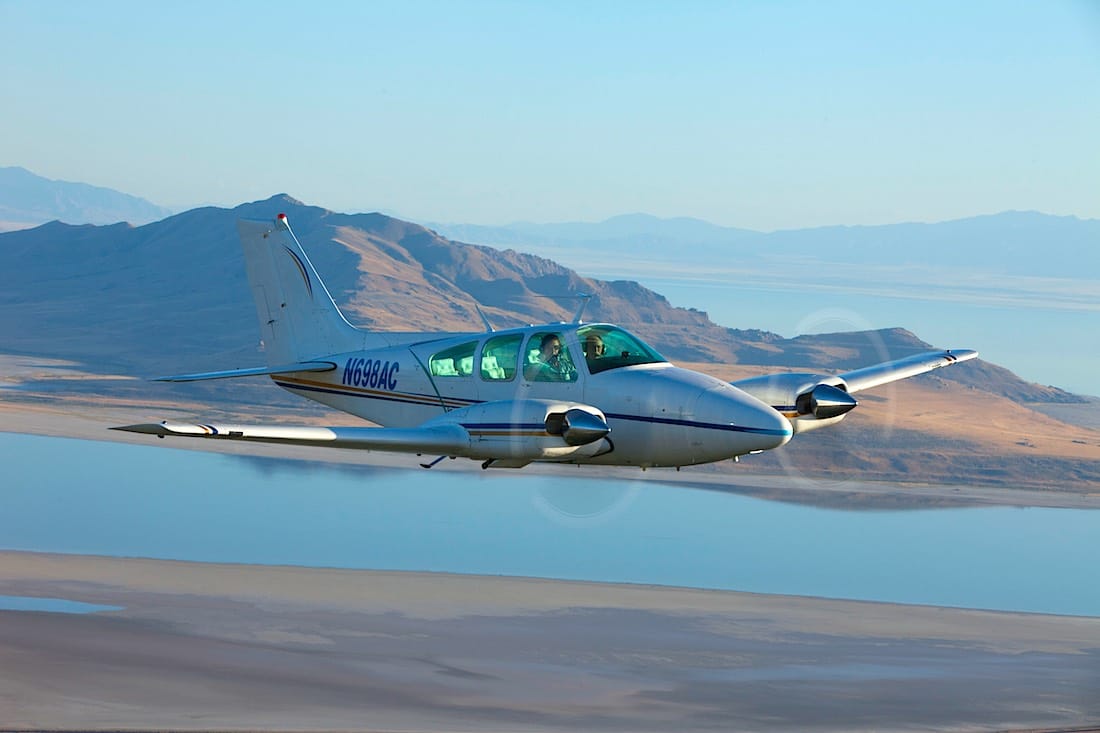

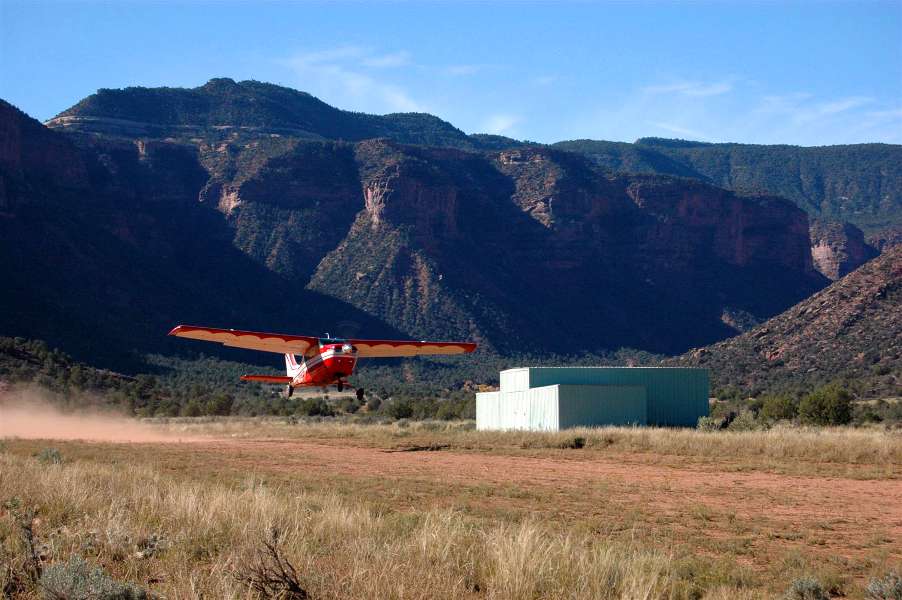




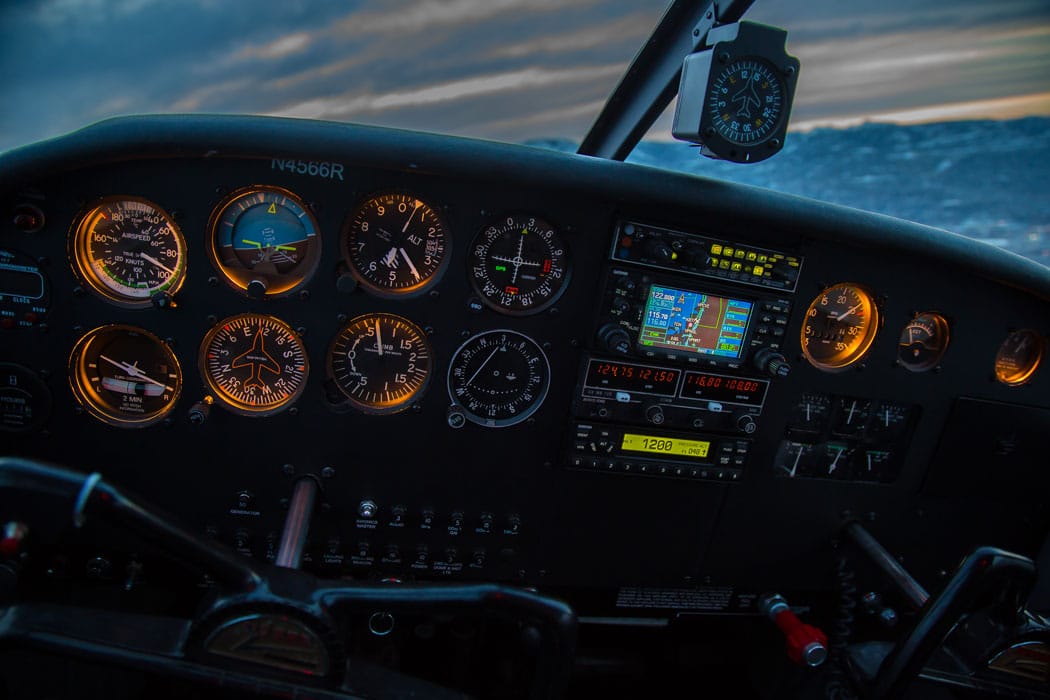
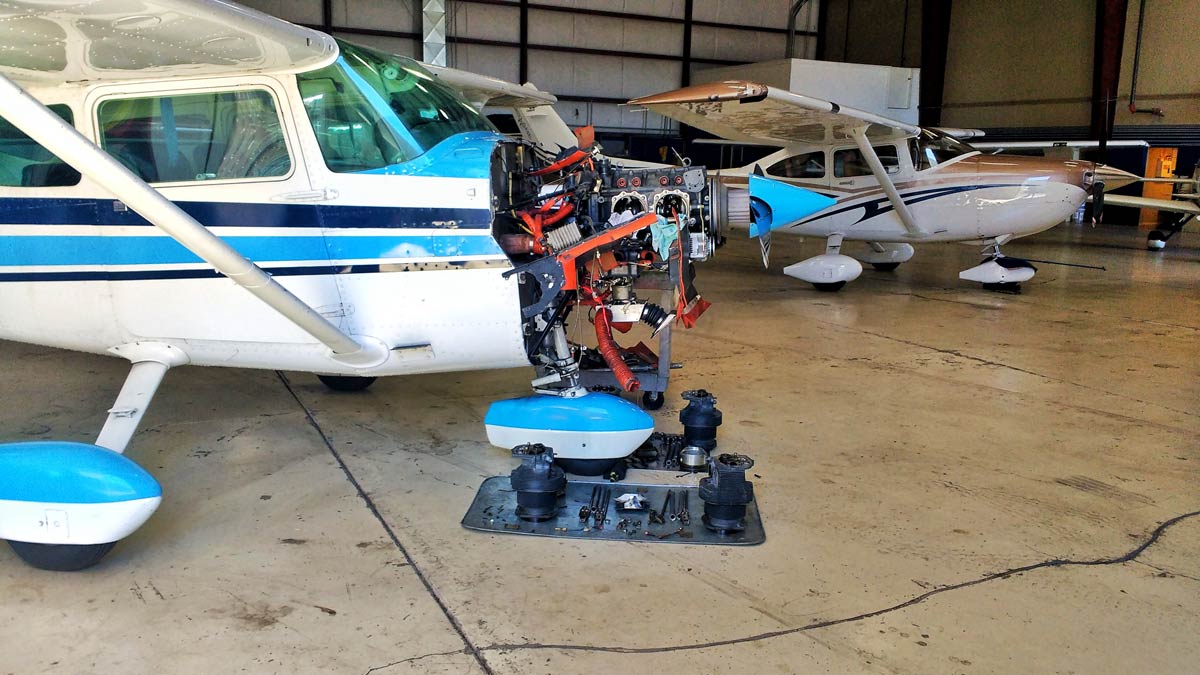
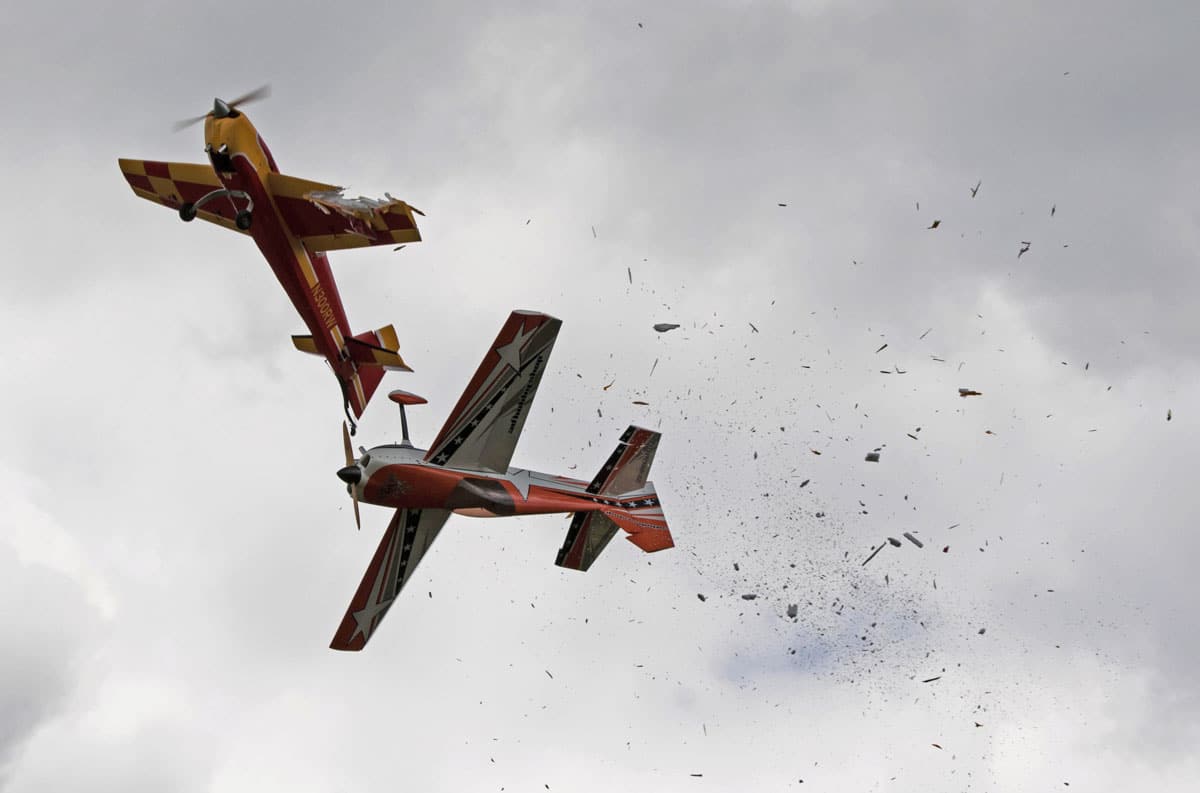
Gear up landings in general aviation occur a bit less than 1 a month. Amazing regularity is a misnomer, not the same as frequently. Once a month & once every 14-1/2 years are both regular. Nothing amazing.
Something like 35% are pilot error, 45% are mechanical.
Nothing amazing here either. Far too many avoidable accidents in aviation.
Thanks for this article, very good information. I just bought a 1964 C-210 D. I wanted a classic aircraft and the 210 fit my needs. I looked for and bought the 1964 because I wanted the struts and the electric flaps. My interest in this article is not because I want to avoid a gear up landing, but because I do not want to have another gear up landing. In 2015 I landed my classic 1955 Bonanza F35 gear up at our home air park. I was on final with gear down & had just uttered my last “GUMPS” when I saw some deer beginning to cross the runway, so full power & gear up & milking the flaps up as I did the go-around. I entered downwind and saw that the deer had cleared the runway. When the aircraft lowered into ground effect I realized my behind seemed closer to the asphalt than normal and just as I was about to go to full power it was too late, the prop tips hit. The sickening feeling in my gut, as my beloved F35 slid to a stop, has never been equaled. Oh yeah I did do something right, shut off the fuel & the master, but why did I not do the “GUMPS” again on my second final?!?. How many times have I replayed this incident in my mind? Many times. I got out of sequence, can’t blame it on the deer, the blame rest with me. Thank you for this article, and my little finger will rest on the gear handle from now on.